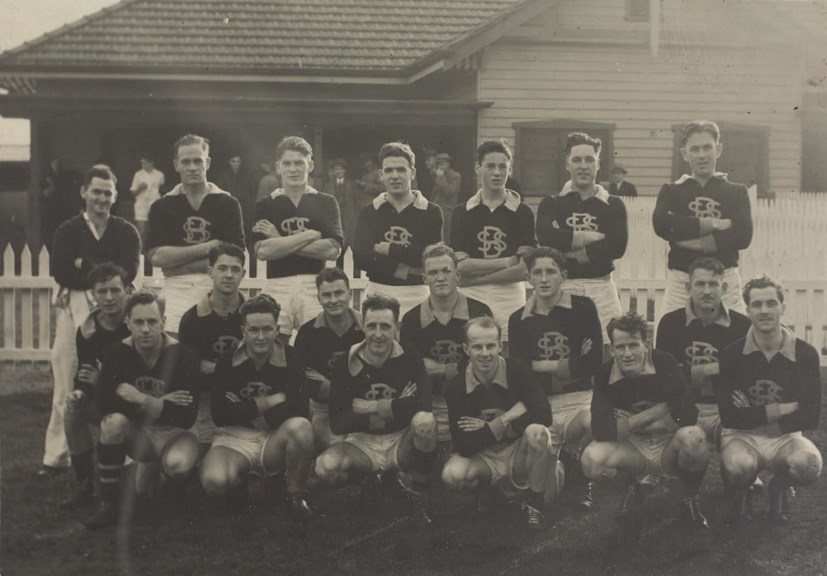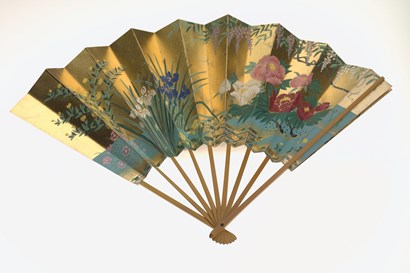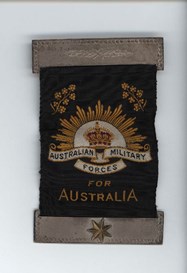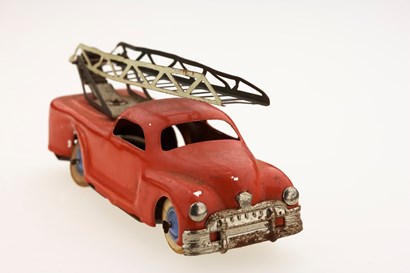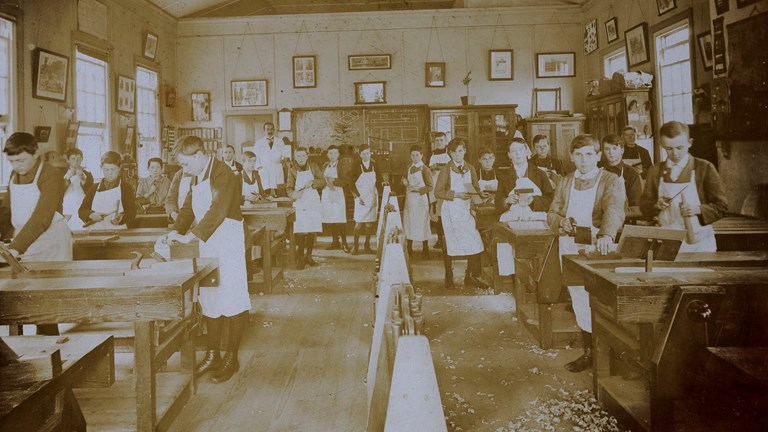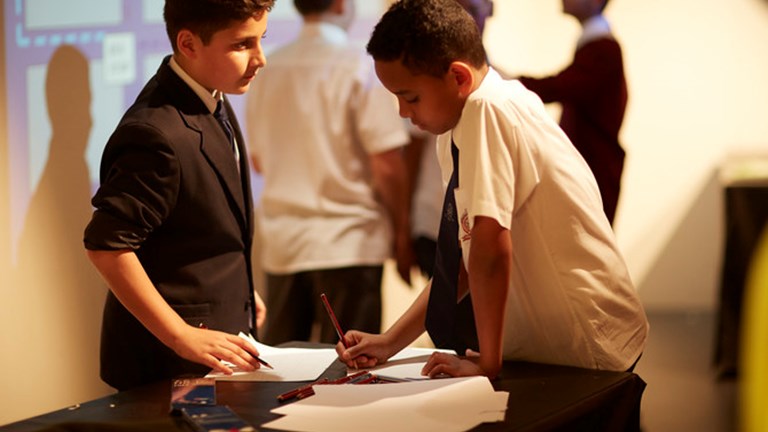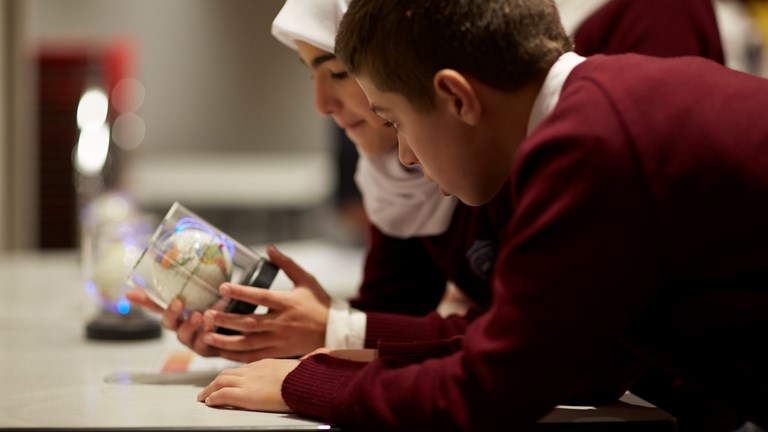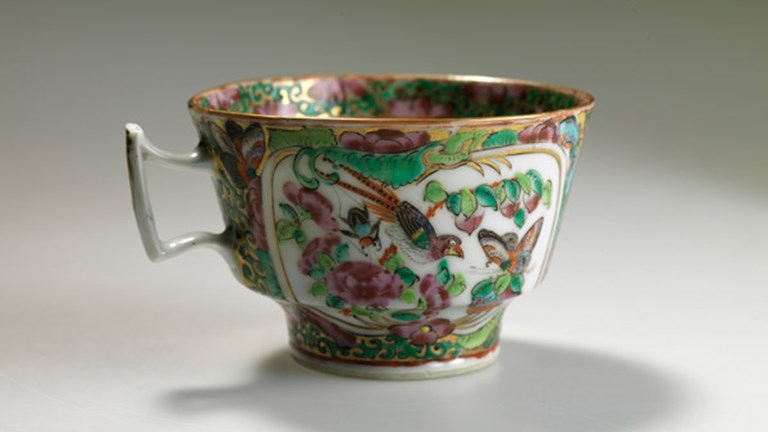
3. Find your objects
Objects can tell us about our past and present lives. By looking at an object's physical features, construction, function, design and value, we can deduce many things.
Ask your family and people you know about any objects they may have, which might be connected to their family or community history. Perhaps you even have an object yourself that connects to a particular history.
The types of object you find may include: luggage, clothes, photographs, mementos, keepsakes, letters, diaries, books, newspaper and magazine cuttings, tools, recipes, sketches, handcrafts, postcards, personal papers and passports.
Make sure you ask permission to borrow the object for use in the Small Object Big Story project.
Objects should be small enough to be brought to share as part of the project, and not too valuable.
Tip: work out how you can store your object safely during the project. You may need to make a secure box for it. Alternatively, take close-up photos of the object from a number of angles and use the photographs rather than the object.
Read the following guides on working with objects:
